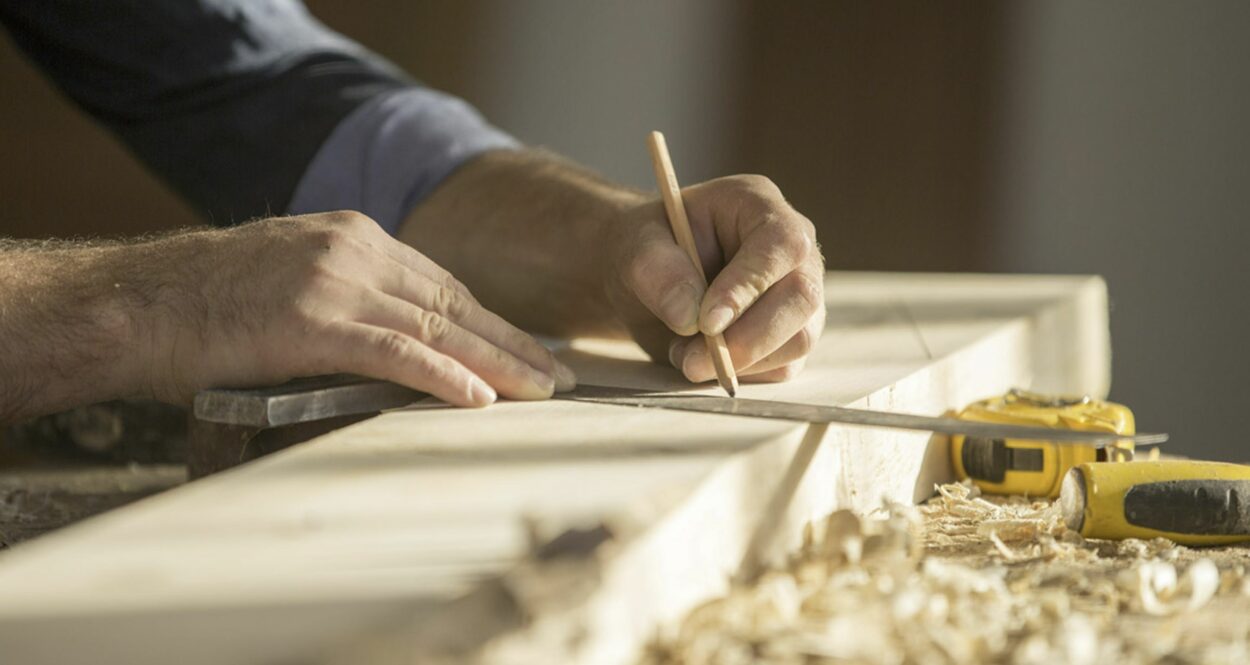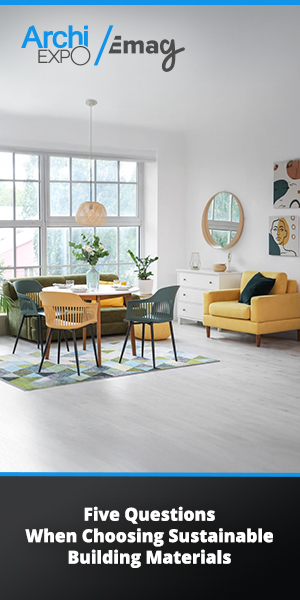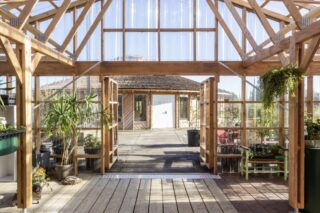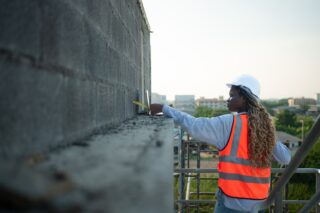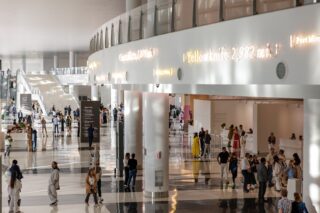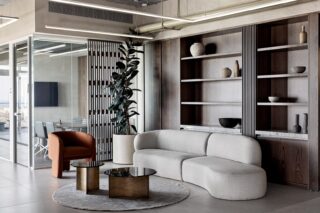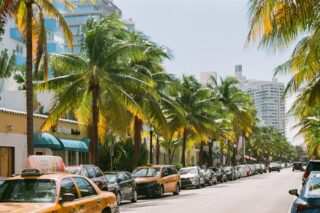The BOIS DE FRANCE team is gearing up for the CITY Lyon by SIMI exhibition at La Sucrière, which will take place on June 28th and 29th. In the meantime, Jérôme Martinez, Manager of the BOIS DE FRANCE label, takes the time to discuss the subject of wood construction in France with us.
As architects, you are aware of the importance of choosing sustainable and responsible materials for your construction projects. In France, the association BOIS DE FRANCE presented the plan for its label to professionals during the Batimat construction event in Paris in 2019. Officially rolled out in 2021, BOIS DE FRANCE label provides specifications for locally-made wood products. It involves the construction and furniture manufacturing industries, among many others. Its objective is to structure the French wood industry and promote French wood among all industry stakeholders.
The label brings together a network of professionals convinced that using wood from local national forests is essential for sustainably supplying construction sites in the country. It offers several key advantages for architects concerned about the environment and the origin of the materials they use.
Firstly, the label guarantees that over 80% of the wood used comes from French forests. Using local resources not only contributes to reducing carbon footprint by minimizing long-distance transportation, but it also supports the local economy by promoting employment and value creation within the national territory.
Furthermore, the label requires that the transformation, assembly and packaging of wood products be carried out in France. This ensures that the work of the French forest-wood sector is recognized and valued. By specifying BOIS DE FRANCE labeled products for France-based projects, architects actively support a local and responsible economy, contributing to the relocalization of the economy and promoting consumption in short supply chains, aligned with the current concerns of clients and society.
The label also facilitates the traceability of wood products as wood users, including architects, are increasingly attentive to the origin of the materials they use. BOIS DE FRANCE is currently working on how to include recycled wood in the process in order to open the door to certifying recycled wood, increasingly used in the fabrication of construction products. They should have a proposal by the end of the year. In our interview with Jérôme Martinez, Manager of the BOIS DE FRANCE label, we discuss the label in detail.
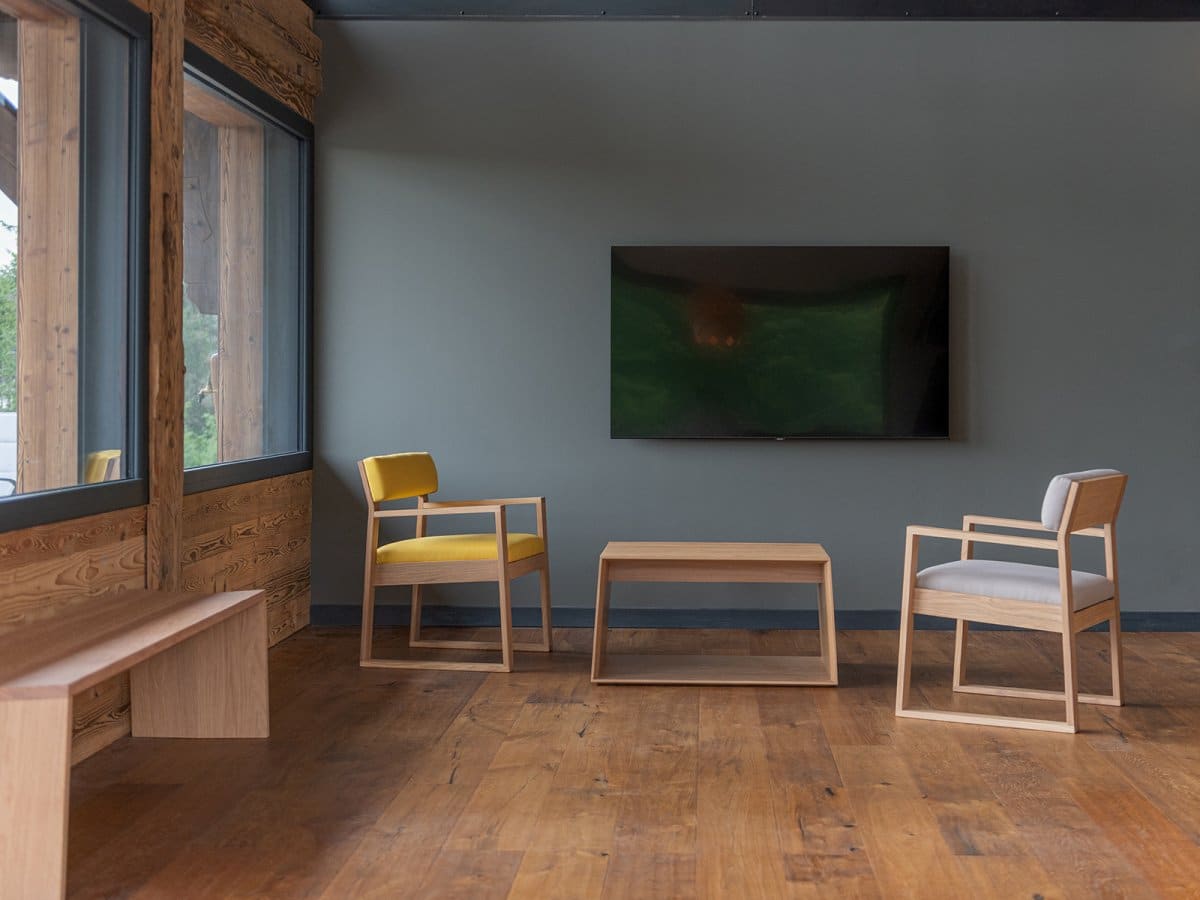
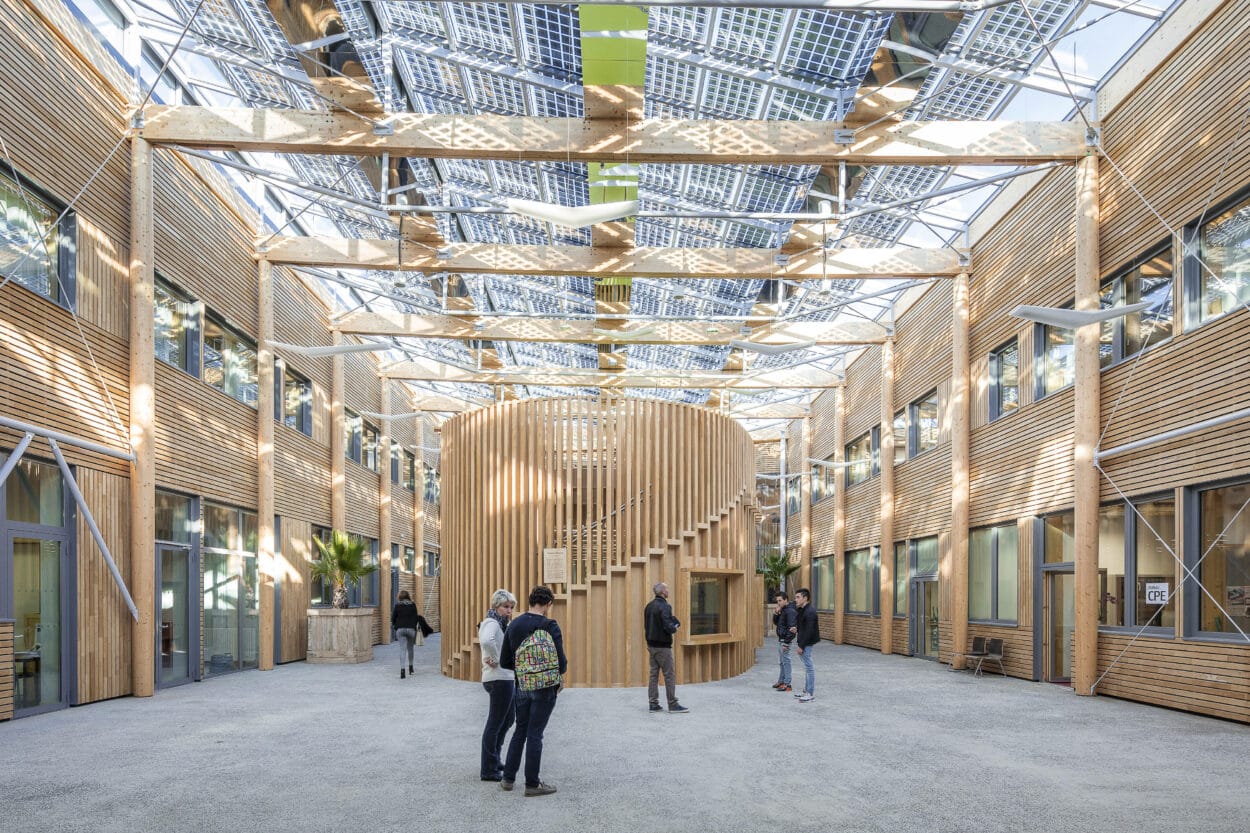
ArchiExpo e-Magazine: Can you talk to us briefly about the history of the association and the label?
Jérôme Martinez: The association precedes the label because in 2014, the Fédération Nationale du Bois (FNB), the professional union of wood transformers, carried out a communication campaign promoting French wood transformed in France, originating from French forests. This campaign gave birth to the association “Préférez le bois français” (Prefer French Wood). Professionals in the sector greatly appreciated these initiatives, as they highlighted the value of their products derived from French forests and transformed in France, compared to products from abroad.
They wanted to go further and better distinguish products derived from French forests and transformed in France because there were cases where French wood was transformed abroad or imported wood was transformed in France and labeled as “Made in France.” They wanted to create a brand, a label, around this topic. There was an initial attempt that did not succeed because nobody took care of it. In 2019, professionals wanted to relaunch the project, especially with the arrival of the market for buildings for the 2024 Olympic Games—where French wood was being discussed. They chose to hire someone to drive the process so that it wouldn’t be forgotten, as had happened the first time. I arrived in January 2020. It can be said that this is truly the start of the BOIS DE FRANCE label as it exists today.
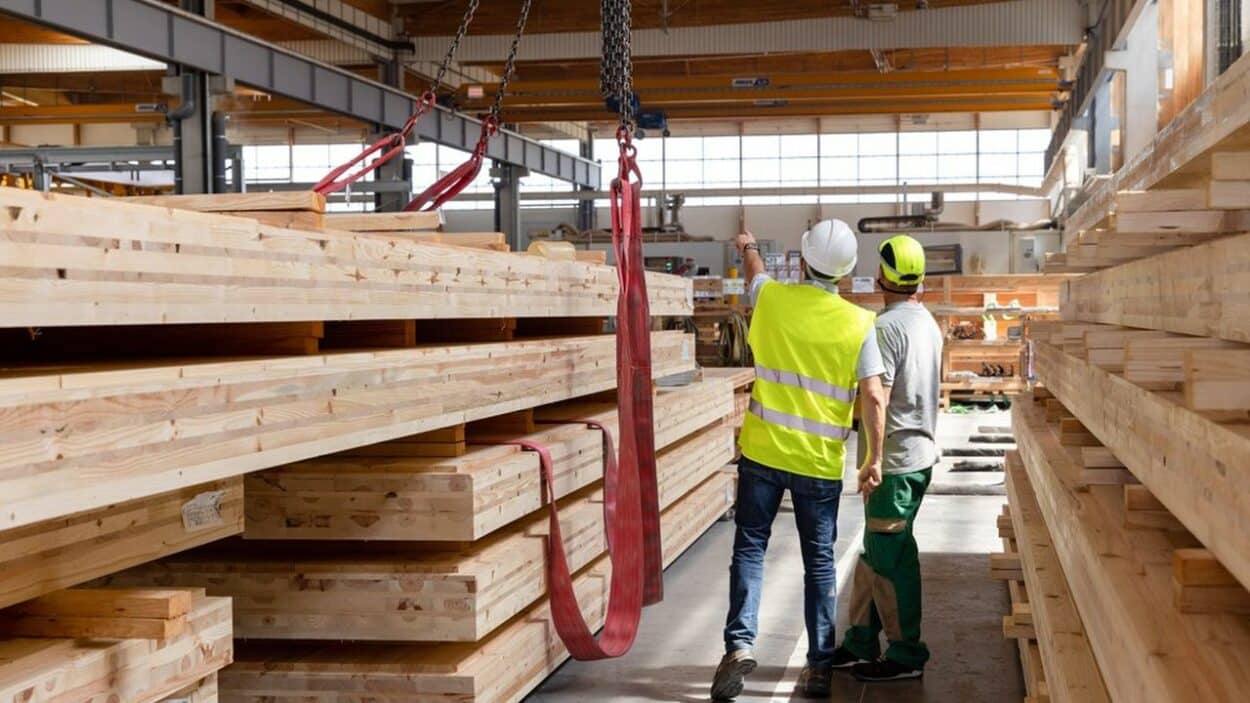
ArchiExpo e-Magazine: How has the situation evolved since BOIS DE FRANCE began officially certifying?
Jérôme Martinez: The deployment started in 2021. Today, we have 175 companies, many of which are in the wood construction sector because there is a high demand for wood origin. Wood is experiencing significant growth in construction, especially with the arrival of the RE2020 regulations. With the development of wood, the question of its origin arises, with a strong demand for French wood, both to know its origin and to have a lower carbon footprint than wood from other sources. French wood has a better carbon footprint than foreign wood due to transportation and energy reasons, among others. We have a strong argument for French wood, and we are trying to channel that argument towards the BOIS DE FRANCE label to provide genuine guarantees for wood origin. We have seen cases where companies assure clients that they are using French wood when it is not the reality.
Unfortunately, we have several examples of this. In the shops, we might find a wood flooring product tagged “French Oak” yet the wood was transformed in China and this information isn’t noted on the box. Recently, on the project side, a property developer approached us to have their construction project certified with the BOIS DE FRANCE label. They insisted that the wood supplier had assured them that only French wood was used, as requested. We traced back the supply chain to investigate the companies involved, and when he mentioned their names, we knew there was going to be a problem. The result of the analysis showed that less than 50% of the wood came from France.
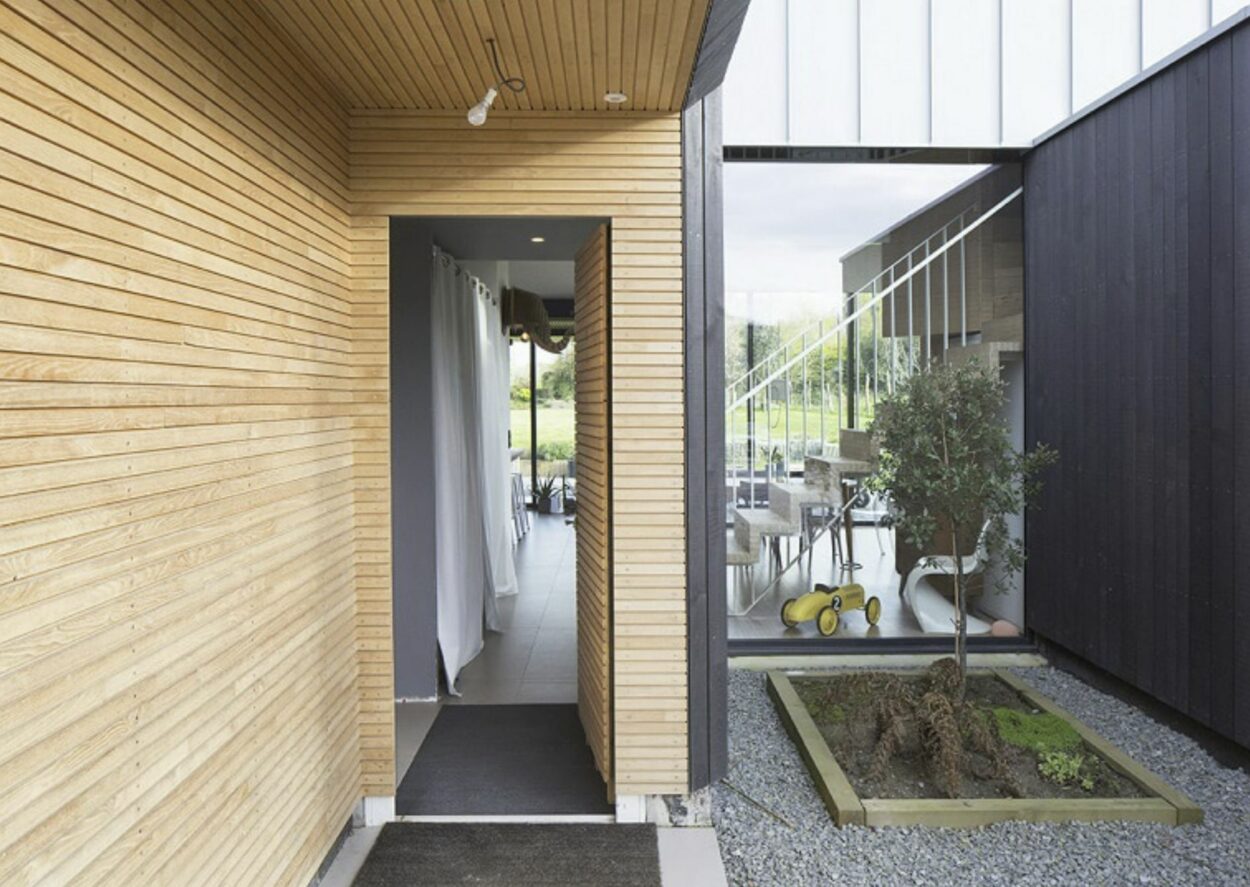
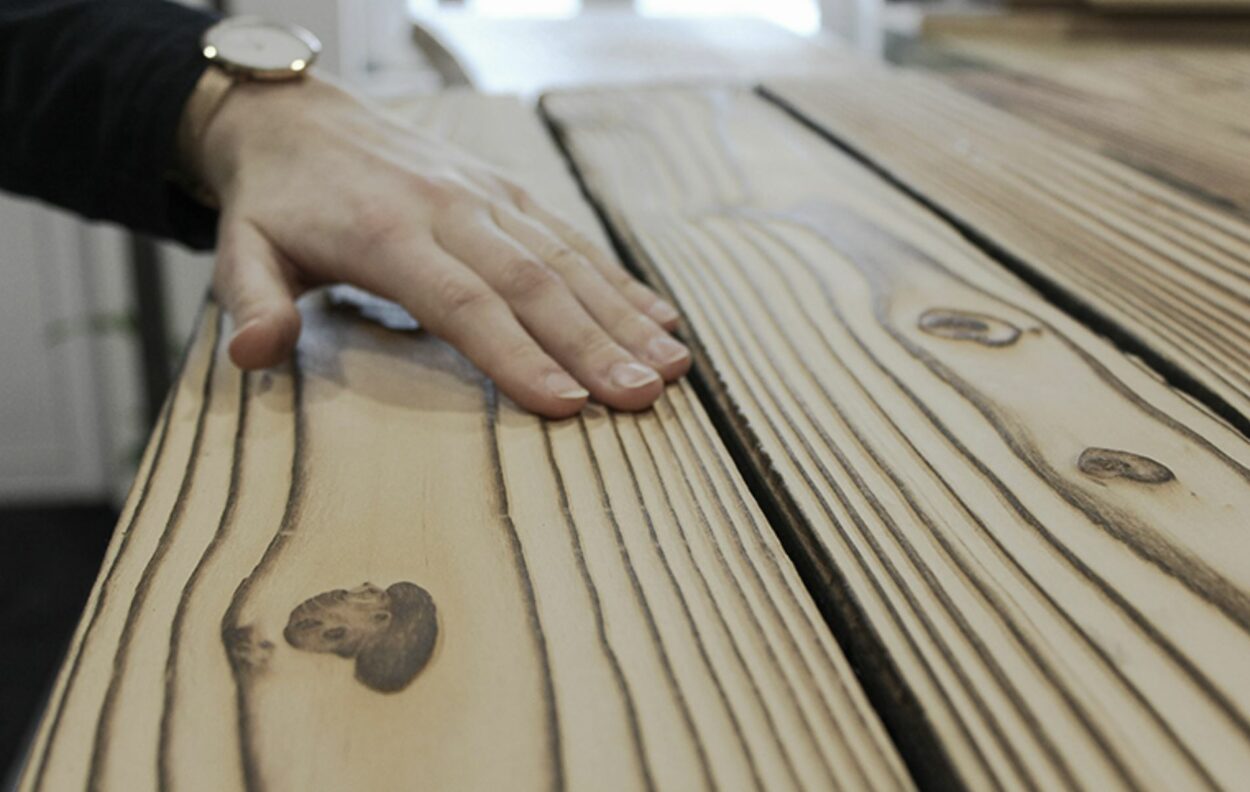
ArchiExpo e-Magazine: How does BOIS DE FRANCE relate to the two labels FSC and PEFC?
Jérôme Martinez: We’ve asked companies in the wood processing industry to focus on using certified PEFC or FSC wood or forests. Unfortunately, only 30% of French forests are certified by PEFC or FSC. The remaining 70% that are not certified are not necessarily mismanaged. The owners have not paid the membership fees for either of the two labels to obtain certification. In France, we have the Forest Code, which has been in place for a long time, as well as the Environmental Code. Forest management is well addressed in these codes. In fact, when you read the Forest Code, the first few pages state that the code exists to ensure that forest owners manage their forests sustainably. We can certainly discuss the level of management, but that’s not the issue. What we want is for forests to be managed sustainably at a minimum.
Therefore, we haven’t limited ourselves because it would be too restrictive for us, but for uncertified forests, we require compliance with the European Union Timber Regulation (EUTR). This regulation states that when purchasing wood, one must verify that the owner is indeed the owner of the forest and that they have the proper management documents, among other requirements. If they adhere to these rules, they are managing their forest sustainably. By combining PEFC-FSC-EUTR, we address the issue effectively. If, in the future, PEFC and FSC labels manage to cover a majority of French forests, we will strive to work exclusively with them. FSC has been established in France only recently, but it is one of the oldest global labels. On the other hand, PEFC has been present in France since 1999, so it has already been established for nearly 25 years.
ArchiExpo e-Magazine: Who can request a BOIS DE FRANCE label?
Jérôme Martinez: The only companies that can apply for the BOIS DE FRANCE label are French companies with a production site in France. To know whether the finished product really comes from French wood, we need to be able to trace it from the forest right through to processing. We need traceability throughout the process, from the production line to the point of sale.
MANUBOIS in the video above, one of six brands under Le Groupe Lefebvre, is listed on the BOIS DE FRANCE website as a committed company.
ArchiExpo e-Magazine: How does a project qualify for the BOIS DE FRANCE label? In the standards, it is noted that 65% of the wood used in the project must come from French wood (page 21). Tell us more about this calculation of the percentage of BOIS DE FRANCE material in the project.
Jérôme Martinez: We’re aware that we’re just starting out, so we’ve made a few temporary derogations in the standards to help us get started; these are things that will change over time because the principle of BOIS DE FRANCE is to ensure that a product, and tomorrow a project too, can be marked BOIS DE FRANCE when it contains at least 80% French wood. [For projects], we leave a small margin, because not everything is possible with wood from France. Sometimes we have no choice. In construction, a product is sometimes used for those technical characteristics that are more particular than others. Lamibois (Laminated Veneer Lumber / LVL) is not made in France, for example. If there’s a technical reason to use LVL in a project, you don’t have the choice of a product with the BOIS DE FRANCE label. We also have companies close to a border, and they sometimes use wood from just across the border. It’s no big deal. It stays local. So we’ve authorized around 30% of wood other than French wood because we know we don’t always have the choice.
NOTE: The first 100% French LVL is expected to arrive in 2025.
